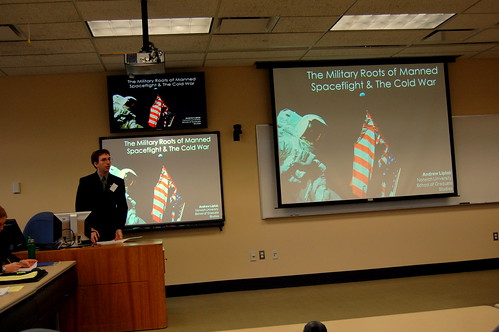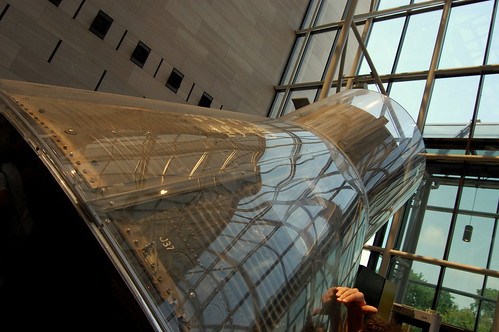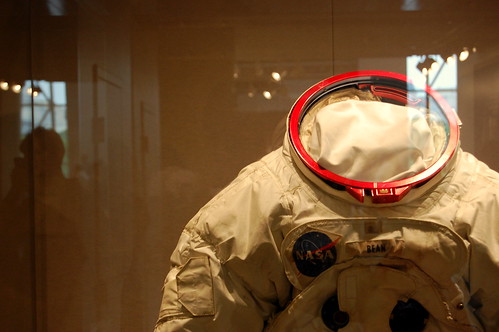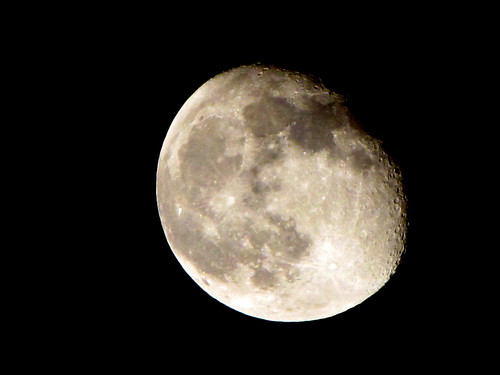"Don't fuck up, Shepard...": Freedom 7 Blasts Off
/
On May 5th, 1961, Alan Shepard Jr. sat on the top of one of Werner Von Braun's Redstone missiles, Freedom 7. The path to that point had been a long one for the astronaut and for NASA. Initially scheduled for late 1960, technical problems with the rocket had pushed the launch back, first to March, then to May. During the course of the delays, the country was shocked when the Soviet Union launched their own rocket, carrying Cosmonaut Yuri Gagarin into space, becoming the first man to leave the Earth’s atmosphere to orbit the Earth. Shepard's flight 49 years ago today marked the point when the United States caught up in the space race by bringing a man to space and back again safely.
Shepard's launch into space did not match the same achievements that Gagarin did with his mission onboard Vostok 1 just a couple of weeks earlier: Shepard's flight lasted a mere 15 minutes, travelling just over 300 miles down range, performing a suborbital flight. The United States would not reach that achievement until Friendship 7, several launches later, with John Glenn's flight, where he orbited the Earth three times. While it took the United States a little while longer to catch up to the Soviet Union, Shepherd's launch demonstrated that the hardware that the United States had in place could launch a person into space, although a more powerful Atlas rocket was used to actually reach orbit.
The race to orbit was, in large part, a highly visible element - and reminder - of the Cold War arms race that saw the Soviet Union and United States face off against one another. From as early as the Second World War, scientists and military theorists saw that a ballistic missile would be a powerful, almost unstoppable weapon. Both sides captured German military scientists at the fall of Nazi Germany, and put them to work to create their own missiles. The Soviet Union had a more pressing need, and due to their own difficulties to miniaturize the components in nuclear bombs, built missiles and rockets that were more powerful than their American counterparts. This in turn allowed them to reach space much more quickly than the United States, something that a number of people found troubling.
Shepard’s Redstone rocket was the creation of Werner Von Braun, and Freedom 7's launch vehicle had been extensively modified to accommodate a human passenger. The first stage of a Jupiter-C rocket was added on to allow for extra power to get the rocket out of the atmosphere. As Shepard sat on the top of the rocket, waiting to be launched into space, he recalled that he was sitting on top of a vehicle made by the lowest bidder. The delays in the actual launch of the rocket also demonstrated the complexity and scale of the problems associated with bringing someone into space. Shepard is probably best known for telling Mission Control: "I've been in here more than three hours. I'm a hell of a lot cooler than you guys. Why don't you just fix your little problem and light this candle?" after another hold on the countdown. After the problem was corrected, Shepherd was launched into space.
The launch into space demonstrated two things for the country: that the Soviet Union did not hold a monopoly on space travel. The United States was still behind, but catching up, fast. Secondly, the launch demonstrated that the underlying missile that NASA adapted for space travel worked, and that it could carry a payload a good distance. It was still limited in range, but the milestone showed that once again, the U.S. was on the right track towards putting together a viable Intercontinental Ballistic Missile. Repurposed or not, the launch was a good demonstration that the arms race was still ongoing. Additionally, the space program was providing a huge boost in moral for the country: astronauts were national heroes, and their efforts were seen as the pinnacle of American military, political and technological progress.
Shepard’s flight is also the genesis for all American spaceflight efforts. While Yuri Gagarin was the first into space, the successes of Freedom 7 showed that the long efforts of the United States and NASA were sound, and that the technology and training of the program was something that could be continued into the future. The next flight, Liberty Bell 7, piloted by astronaut Gus Grissom, was also a success (although the crew capsule itself was lost shortly after splashdown), and eventually, American space efforts could continue. Shortly after Shepard’s flight, President John F. Kennedy spoke, before a joint session of Congress, stating that the United States should commit to a goal of reaching the Moon before 1970. The United States would reach that goal in July of 1969, and again in November of the same year. While the successes of the Apollo program are widely known, they owe a large part of their successes to Alan Shepard’s first flight into space.















